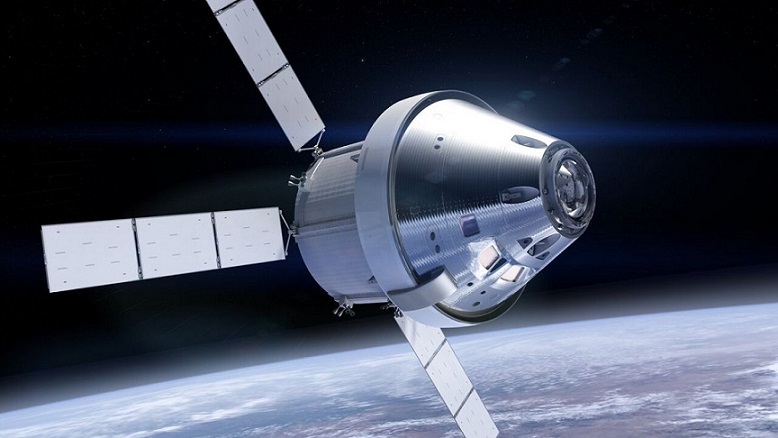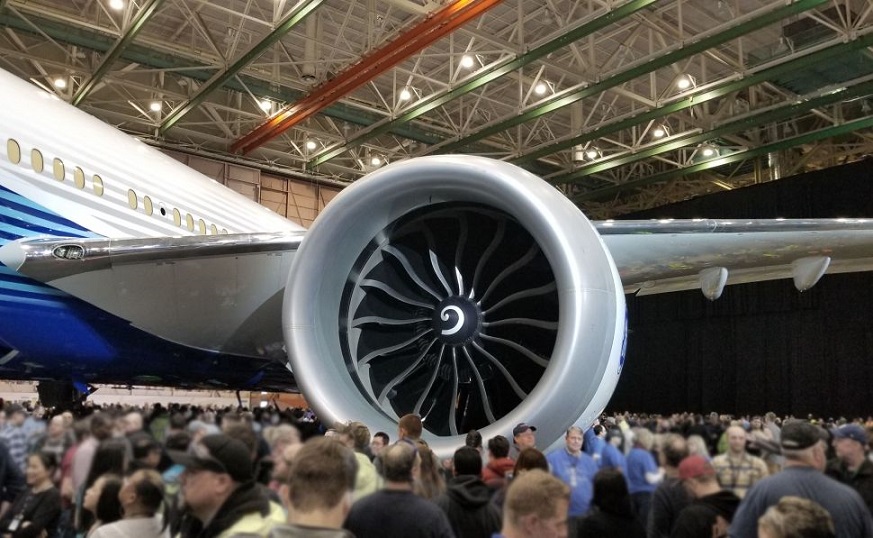Refractory Metals & Alloys for Aerospace

Refractory Metals & Alloys for Aerospace
Refractory metals refer to metals with melting points above 2000°C. They include tungsten, molybdenum, tantalum, niobium, rhenium, and vanadium. The common characteristics of refractory metals and their alloys are high melting point, high strength at high temperatures, and good corrosion resistance to liquid metals. Their use temperature range is 1100~320℃, which is much higher than that of the superalloys. therefore, they are important high-temperature structural materials for aerospace. So in this article, let's take a deeper look at the refractory metals & alloys for aerospace.

Refractory Metals & Alloys for Aerospace
Refractory Metals & Alloys for Aerospace - 1. Tantalum and Tantalum Alloys
Tantalum alloy has the characteristics of high high-temperature strength, good thermal shock resistance, high creep strength, small expansion coefficient, and good thermal shock resistance. However, the alloy is not resistant to oxidation above 500℃, and it needs to be protected by an oxidation-resistant coating on its surface.
In order to meet the high-temperature strength and high-temperature creep performance requirements, the United States has developed Ta-10W, Ta-12W, T-111, T-222, and ASTAR811C alloys. In addition to the aforementioned alloys, the former Soviet Union also developed Ta-3Nb-7.5V, Ta-15W, Ta-20W, and Ta-10Hf-5W alloys. Ta-10W alloy has been used in the combustion chamber of the Ajina spacecraft and the nose cone of the missile, the gas spoiler of the rocket engine nozzle, and the combustion chamber of Apollo.
Refractory Metals & Alloys for Aerospace - 2. Niobium and Niobium Alloys
Niobium alloy is the lowest-density material among refractory metals and alloys. It has high strength at 1100-1650℃ and good welding performance. It has good room-temperature plasticity and can be made into thin plates and parts with complex shapes. Therefore, it can be used as the preferred thermal protection material and structural material in supersonic aircraft, space vehicles, satellites, missiles, and supersonic low-altitude rockets.
For aerospace applications, the United States and the former Soviet Union have developed their own systems of niobium alloys. The United States’ niobium alloys use W, Mo, and Hf as the main strengthening elements, and Russia uses W, Mo, and Zr as the main additional elements.
Refractory Metals & Alloys for Aerospace - 3. Molybdenum and Molybdenum Alloys
Although the melting point temperature of molybdenum is lower than that of tungsten and tantalum, it has a low density, high elastic modulus, low expansion coefficient, and superior high-temperature creep properties. The alloy can be welded, and the strength and plasticity of the weld meet the requirements. And the process performance is better than that of tungsten. Its disadvantages are serious low-temperature embrittlement and high-temperature oxidation.
There are many types of molybdenum alloys developed in Russia. In addition to the main additions of Ti, Zr, C, and Re elements, a small amount of Ni, B, Nb, etc. are also added to modify the materials. The alloy grades are classified according to the content of alloy elements. There are 14 types of alloys. Compared with Russia, there are fewer molybdenum alloys developed in the United States, including 6 alloys such as TZM, Mo-30W, TZC, HCM, and Mo-41~50Re series.
Refractory Metals & Alloys for Aerospace - 4. Tungsten and Tungsten Alloys
Tungsten is the most heat-resistant metal. Tungsten has a high density (19.3gcm3). Its strength is the highest among refractory metals. It has a high elastic modulus, a small expansion coefficient, and a low vapor pressure. The disadvantages are low-temperature brittleness and high-temperature oxidation. Alloying elements can significantly improve the wear and corrosion resistance of tungsten alloys. In the aerospace industry, tungsten and its alloys can be used to make rocket nozzles without cooling, ion rings of ion rocket engines, jet blades and positioning rings, hot gas reflectors, and gas rudders.
Using tungsten instead of molybdenum as the inlet bushing and throat lining of a solid rocket motor can increase the temperature of the material from 1760℃ to over 3320℃. For example, the nozzle of the American Polaris A-3 missile is made of high-temperature tungsten tubes with 10% to 15% silver penetration; the rocket nozzles on the Apollo spacecraft are also made of tungsten. United Aircraft Corporation of the United States has developed a tungsten-copper composite material used as the nozzle baffle of a rocket engine, which can withstand a combustion temperature exceeding the melting point of tungsten by 3400℃.
Refractory Metals & Alloys for Aerospace - 5. Rhenium and Rhenium Alloys
Rhenium has a melting point of 3180°C and has no brittle critical transition temperature. It has good creep resistance under high-temperature and extreme cold and extreme heat conditions and is suitable for ultra-high temperature and strong thermal shock working environments. Rhenium is chemically inert to most fuel gases except oxygen. The room temperature tensile strength of rhenium is 1172MPa, and it still has a strength of 48MPa at 2200℃. At 2200℃, engine nozzles made of rhenium can withstand 100,000 thermal fatigue cycles.
Rhenium and its alloys are mainly used in aerospace components, various solid propulsion heat-sensitive components, and anti-oxidation coatings. The rhenium foil prepared in China has been successfully used to recover satellites. Re-Mo alloy still has high mechanical strength of up to 2000℃ and can be used as high-temperature parts of supersonic aircraft and missiles. Metal rhenium is resistant to hot hydrogen corrosion and has low hydrogen permeability. It can be used to make heat exchanger parts for solar rockets. Through this heat exchanger part, the heat energy of solar radiation is transferred to hydrogen gas, and then the hydrogen gas is sucked into the rhenium tube, which generates thrust. The maximum working temperature of the rhenium tube can reach 2500℃.
Conclusion
Thank you for reading our article and we hope it can help you have a better understanding of the refractory metals & alloys for aerospace. If you want to know more about refractory metals & alloys, we would like to advise you to visit Advanced Refractory Metals (ARM) for more information.
Headquartered in Lake Forest, California, USA, Advanced Refractory Metals (ARM) is a leading manufacturer & supplier of refractory metals & alloys across the world. It provides customers with high-quality refractory metals & alloys such as molybdenum, tantalum, rhenium, tungsten, titanium, and zirconium at a very competitive price.
{{item.content}}
LEVE A REPLY
{{item.children[0].content}}
{{item.content}}






